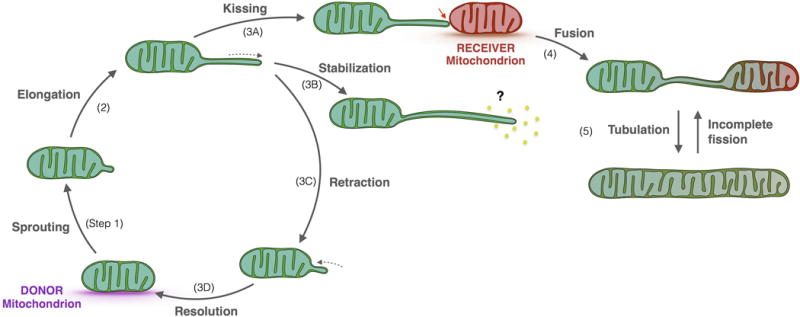Figure 3. Life Cycle of Mitochondrial Nanotunnels.

This model proposes that initial nanotunnel sprouting starts with a membrane protrusion from a donor mitochondrion (step 1), subsequently elongating into a free nanotunnel (2). Nanotunnels then either contact a recipient mitochondrion for subsequent fusion (3A), stabilize, and further extend towards a signaling molecule (3B), or retract (3C) and resolve (3D). Fusion of mitochondrial nanotunnels with a recipient mitochondrion (4) leads to connecting nanotunnels, which can expand to accommodate cristae and generate tubular mitochondria (5). Incomplete mitochondrial fission of mitochondrial tubules may generate anatomically similar structures to nanotunnels.
